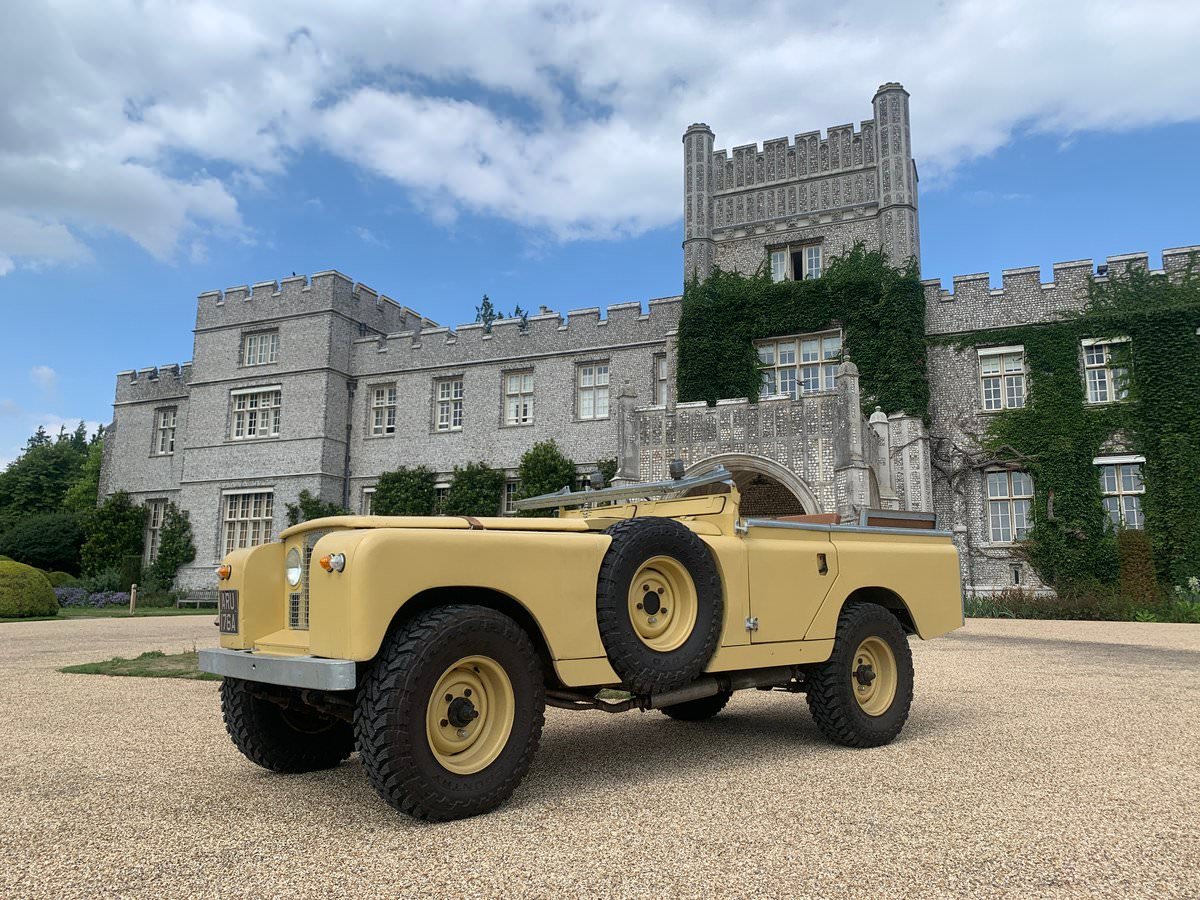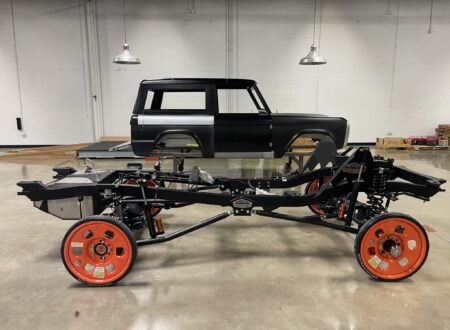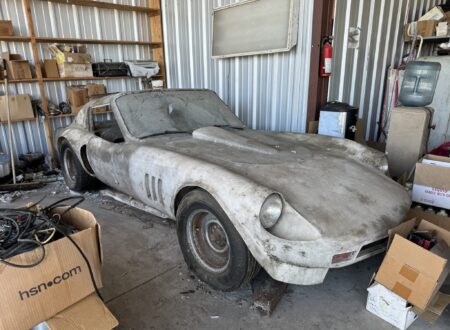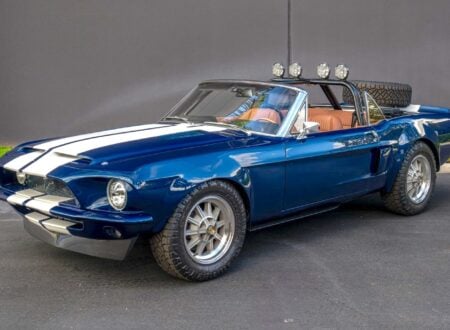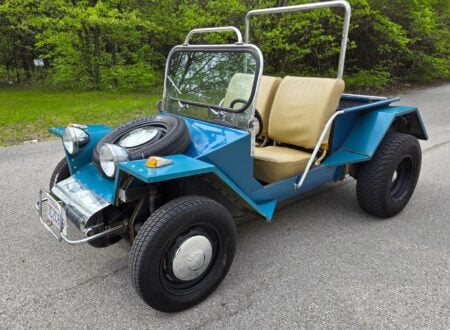This is the “Lawrence Longnose,” it’s a Land Rover Series 2A long wheelbase that’s been significantly modified by David Sexton. It’s now powered by a Rover V8, and interestingly, it uses Lancaster Bomber magneto switches and an original Spitfire starter button.
This vehicle was built in a similar style to the Bell Aurens Land Rover from 2008, with a long nose that was first intended to house a 27 liter Rolls-Royce Merlin V12 from a Spitfire. The difficulties of getting this approved by the transport department to be used on the road proved unsurmountable, and thus both the Bell Aurens and the Lawrence Longnose are powered by Rover V8s.
Fast Facts – The Lawrence Longnose Land Rover
- The “Lawrence Longnose” is a heavily modified 1963 Land Rover Series 2A long wheelbase, inspired by the 2008 Bell Aurens custom Land Rover. It features a lengthened hood, Rover V8 engine, and unique elements like Lancaster Bomber magneto switches and a Spitfire starter button.
- Originally, both the Bell Aurens and Lawrence Longnose aimed to use a 27 liter Rolls-Royce Merlin V12 from a Spitfire. However, road legality issues led to the adoption of the more practical Rover V8 engine in both vehicles.
- David Sexton extensively modified the Lawrence Longnose, moving the firewall, lengthening the hood and front wings, and repositioning the spare wheel. The cabin remains largely original, but with rear doors adapted to clear the rear wheel.
- The vehicle features a 3.5 liter Rover V8 engine, a 4-speed LT95 transmission with a Fairey Overdrive unit, upgraded axles, and Forward Control deep dish wheels. It’s painted in the NATO Sand color, has a soft top, and is currently road-legal and for sale in the UK.
The Original Bell Aurens Longnose
Back in 2008 a pair of enterprising German Land Rover enthusiasts unveiled what would become, arguably, the most famous custom Land Rover of the time. It was called the “Bell Aurens” and it was built by Thomas Bell and Holger Kalvelage. The name came from combining Thomas’ surname with the “Aurens” from Al Aurens – the name used for Lawrence of Arabia by the people of the kingdom of Hejaz.
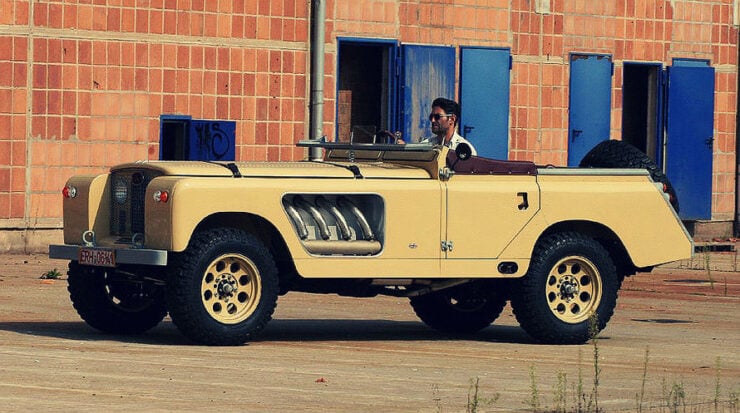

The two men famously built the Bell Aurens Longnose Land Rover desiring to create the kind of vehicle that “General Montgomery would have roared across the sand dunes of North Africa in pursuit of Rommel” or that “Lawrence of Arabia would have stormed in the Bell Aurens Longnose towards Aqaba.”
As mentioned higher up, the original plan was to source a 27 liter Merlin V12, the most famous aero engine of WWII, and fit it to the new much longer engine bay. The men spent years trying to find a way to do this and still pass the famously strict German TÜV examination to make the vehicle road legal.
Eventually they came to the realization that this engine transplant was never going to be road legal, and so they went looking for the next best thing, ending up with a high-performance 4.6 liter Rover V8. Although a little less powerful than the 1,660+ bhp Merlin V12, the Rover V8 did offer plenty of torque for the Bel Aurens and it made it multiple orders of magnitude more fuel efficient.
The Lawrence Longnose Land Rover
The Lawrence Longnose is a 1963 Land Rover Series 2A 109, the long wheelbase version. It was bought by a Brit named David Sexton a number of years ago who set out on a rebuild to turn it into a “longnose,” taking inspiration from the earlier Bell Aurens but wanting to build his own version with a slew of changes both externally and under the skin.
Above Video: This short film includes a series of clips of the Lawrence Longnose being driven, and some shots of its finer details.
The body was removed from the chassis, the chassis was then carefully inspected and repainted in the original black. The body required extensive modifications, the firewall needed to be moved back, the hood and front wings needed to be significantly lengthened, and the cutouts were made to house the spare wheel on the left side.
The cabin of the Lawrence Longnose remains largely original, with the dashboard, seats, central tunnel, and footwells all in place, perhaps the key difference is that the doors which are now rear doors with the cutout to clear the rear wheel, rather than the standard square doors of the original.
The hood is kept in place with both the bonnet latch and some period-correct leather straps. Once opened it shows a 3.5 liter Rover V8, now with ample room around it for when mechanical work is required. This engine sends power back through a 4-speed LT95 transmission with a Fairey Overdrive giving a fifth gear for highway use.
The vehicle rides on axles sourced from the straight-six-powered Land Rover 109, more robust than the axles first fitted by the factory and better suited to handling the torque produced by the V8. The body has been painted in the NATO Sand color, the cappings have been stripped and re-galvanized, as have the front bumper and windscreen.
The folding windscreen lowers down forward onto a brass shaft fitted with a Harley-Davidson saddle spring, and the process of starting the engine uses both Lancaster Bomber magneto switches and an original Spitfire starter button.
Above Video: This vertical video by Land Rover Monthly shows the Lawrence Longnose in action, and includes some additional information about it.
It has forward control deep dish wheels fitted at all four corners which far more aggressive tires, and it comes with a soft top, an Exmoor Trim canvas bikini with the sticks/frame required to set it up. The owner, and now seller, notes that the car has been kept on the road each year, and used for trips to Goodwood.
It’s now being offered for sale on Car & Classic out of Liss in the United Kingdom. It is MoT exempt, ULEZ compliant, tax exempt, and it’s currently registered. If you’d like to read more about it or register to bid you can visit the listing here.
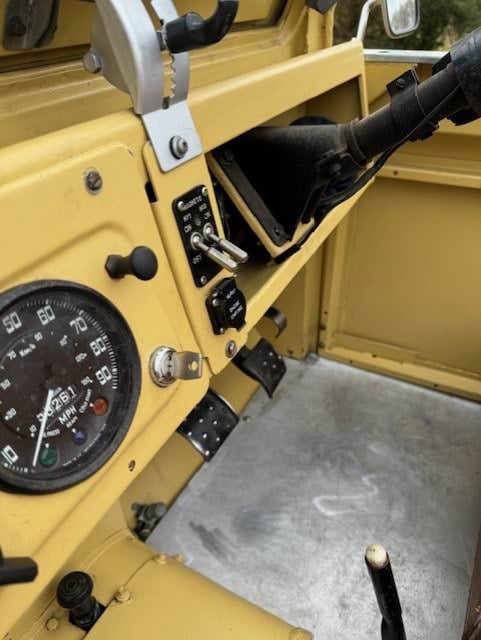
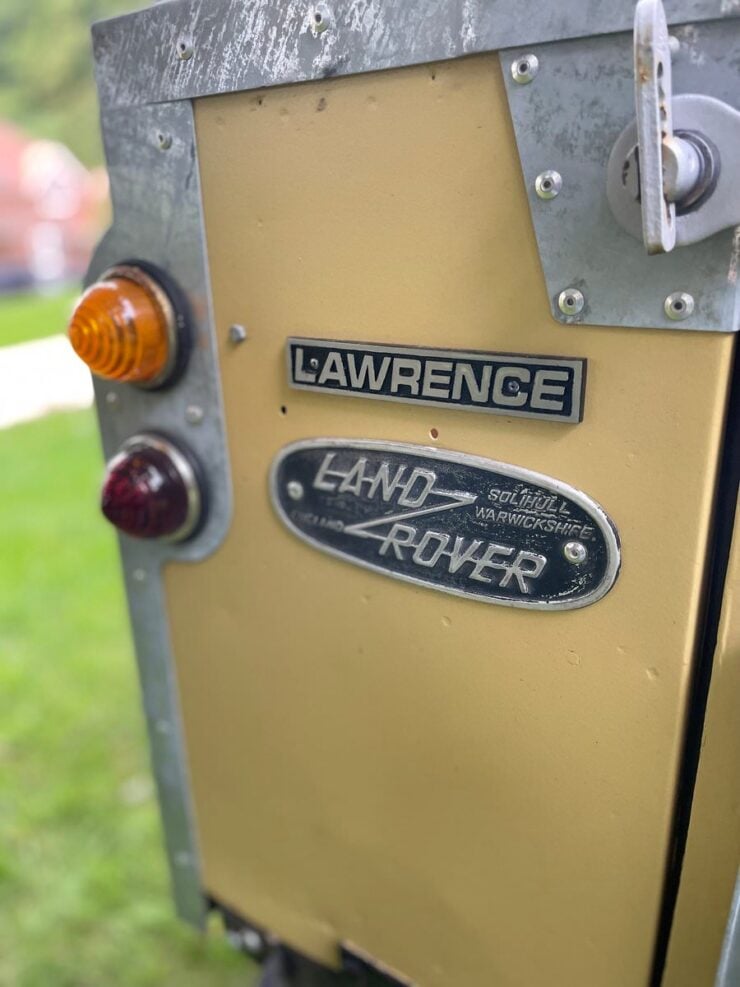

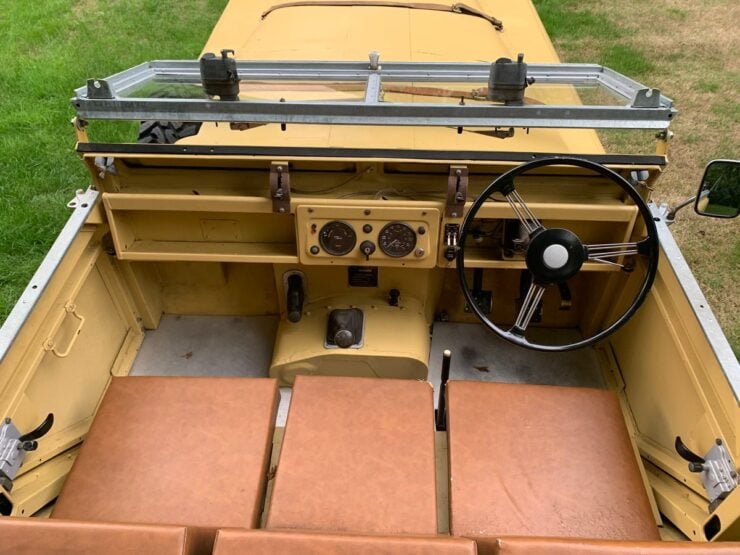
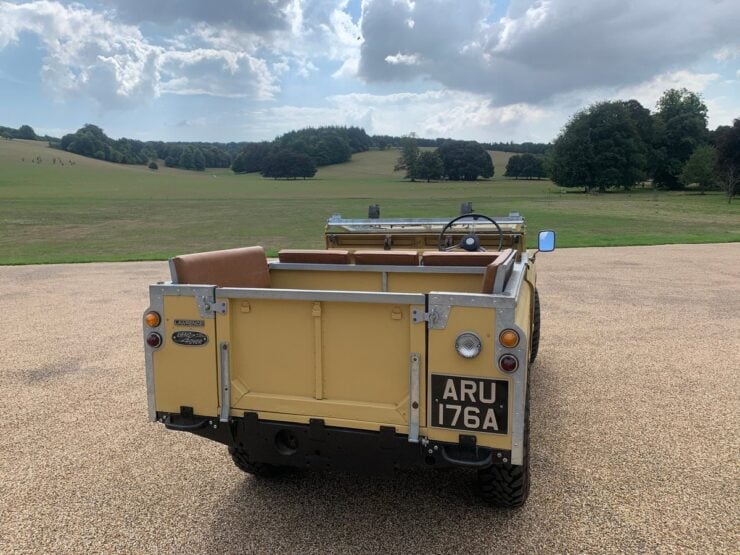
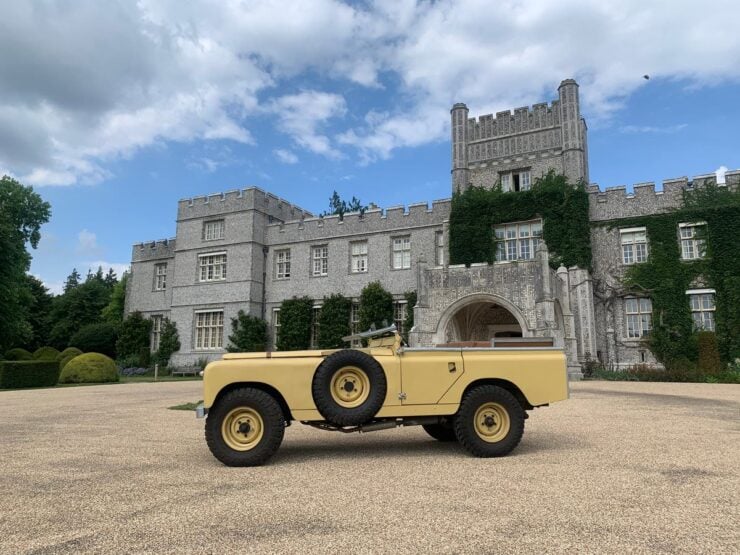
Images courtesy of Car & Classic

